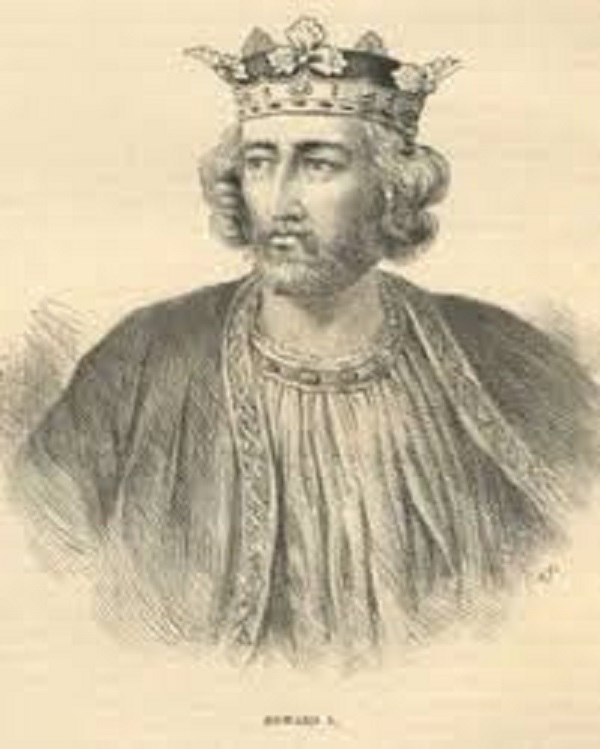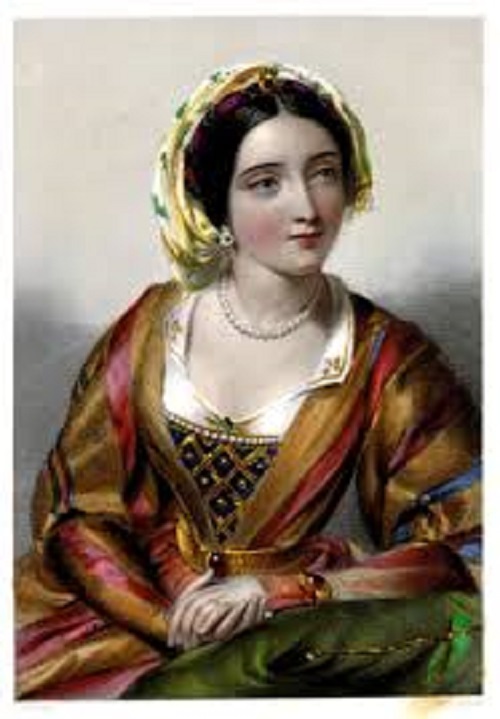Edward I ( June 1239- July 1307) also famous as “Edward Longshanks” is one of the best known English King who tried to conquer Wales and Scotland. He was also known as ” Edward the Lawgiver” as he brought many important administrative and legal reforms in England.

Early Life of Edward I
Contents
Edward was born at the West minster Palace to King Henry III of England and his wife Queen Consort Eleanor of Provence. He was the eldest son followed by two other children named as Beatrice of England and Edmund Crouchback, 1st Earl of Lancaster.
As Edward’s parents were a devoted lover of arts and education, he received his disciplined education along with reading and writing in French and Latin. He was also well trained in arts, music, and science.
In 1254 Edward at the age of 15 moved to Spain to marry 9-year-old Eleanor of Castile. Just a few months before his marriage he was made the Dutch of Gascony and was given the French Oleron, the Channel Island of Ireland, the Earldom of Chester, Henry’s land of Wales. He was also given many other castles with this.
Edward spent a year in Gascony to study administration. A year later in 1255, he along with his wife returned to England. The issues of Edward with his father began which were related to Gascony. Their views diverged with each other and due to which Edward signed a treaty with one of the rulers of Bordeaux factions without informing his father.
Edward’s Adulthood
Very soon Edward fell under the influence of Simon de Monfort who was his uncle and a leader of the baronial clique. Monfort was actually trying to restraint Henry from his misgovernment. In 1258, Edward forcefully accepted the Provisions of Oxford which handed over the effective government to the barons instead of the king.
At the same time, he was trying to support the radical Provisions of Westminster in October 1259 which made the barons to accept the changes demanded by their tenants. In 1260, there arose much dangerous crisis because of this and at that time he was in support of Monfort and his extremist. But later he left Montfort and asked apologies from his father.
Edward was sent to Gascony in October of 1260 and he returned three years later. By then there was a civil war between the supporters of Henry and the barons in London. Instead of adding to that cause, Edward was harming his father’s cause by his violent behavior.
Edward became the hostage of Montfort after Henry’s defeat in the Battle of Lewes in 1264. He was successful in escaping from there in May 1265 and became in-charge of the royalist forces. Edward then trapped Montfort and killed him in the Battle of Evesham, in August 1265. He also rescued his father.
That was the end of civil war after which Henry put many efforts to reconcile the social and political reforms between rebels and his fathers. By 1267 the realm was pacified.
Military Campaigns of Edward Longshanks
Crusade
In August 1270, Edward left England and joined the French king Louis IX on Crusade. This was the period when popes were using the ideology of Crusades to expand their political power in Italy and many other places. Edward and King Louis were aiming to recover the Holy lands as they were the last Crusaders for this cause.
But King Louis died because of the Plague before Edward arrived. The French forces were bought off from continuing their cause. Brave Edward decided to fight for the cause and arrived in Acre in May 1271 with 1000 knights. However, his small force was not enough to rescue all from the Acre.
In June 1272, Edward survived a murder attempt after which he left for Sicily. He never turned back to Crusade again. By the time Henry died in November 1272 and Edward was the successor to the throne. He returned to London in August 1274 and was crowned at the age of 35 in Westminster Abbey. He was determined to enforce the primacy in the Isles of British.
Conquering Wales
One of the biggest achievement of Edward was to conquer Wales. A Treaty of Montgomery was signed by his father with Gruffydd to extend Welsh territories southwards in the English lands. Gruffydd was titled as the Prince of Wales and an English Monarch. Edward refused this treaty and in 1277, he invaded Wales and defeated Prince of Wales. He also built a ring of castles to show his authority.
When people rebelled against him, he invaded it again. Gruffydd was killed in the battle held in 1282 and his brother David was also executed by Edward. Wales was then brought under the English Throne and its administrative framework. In 1301 a son was born to Edward and his wife Eleanor who was then proclaimed as the Prince of Wales.
Conquest of Scotland
After this now Edward has his eyes on Scotland. Edward decided to marry off his heir Edward Ii To the Granddaughter of Alexander III, Margaret, the Maid of Norway. But Margaret died leaving no successor behind. Then Scottish Guardians requested Edward to prevent Scotland from the dynastic war.
Edward left a condition to let him recognize him as Lord Paramount of Scotland which was accepted. In 1292, Edward nominated John Balliol as king. Balliol swore his due respect and allegiance to King Edward. However, Edwards place many such demands that forced the Scottish King to make their alliance with France.
Because of this Edward was in fury. He invaded and then conquered Scotland. A huge opposition was the result of this. So Edward executed their main leader William Wallace in August 1305. In 1306, another Scottish nobleman named Robert the Bruce rebelled against King Edward.
Death of Edward I
In February of 1307, Bruce came along and started to gather his men. A few months later in May, he defeated Aymer de Valence in the Battle of Loudoun Hill. Edward who was already ill moved towards North.
He then campaigned himself on July 6 at Burgh by Sands which is located at the South of Scottish Border. His servants arrived the next morning to feed him, but he died in their hands.
Marriage and Children of Edward I
Edward and Eleanor of Castile had fourteen children together. Five daughters survived themselves to adulthood while only one son King Edward II outlived his father.

After the death of Eleanor in 1290, Edward remarried to Margaret of France. They had three children together out of which a daughter only lived up to her childhood, while both of their sons survived the adulthood. Thomas of Brotherton and Edmund of Woodstock were his sons.
